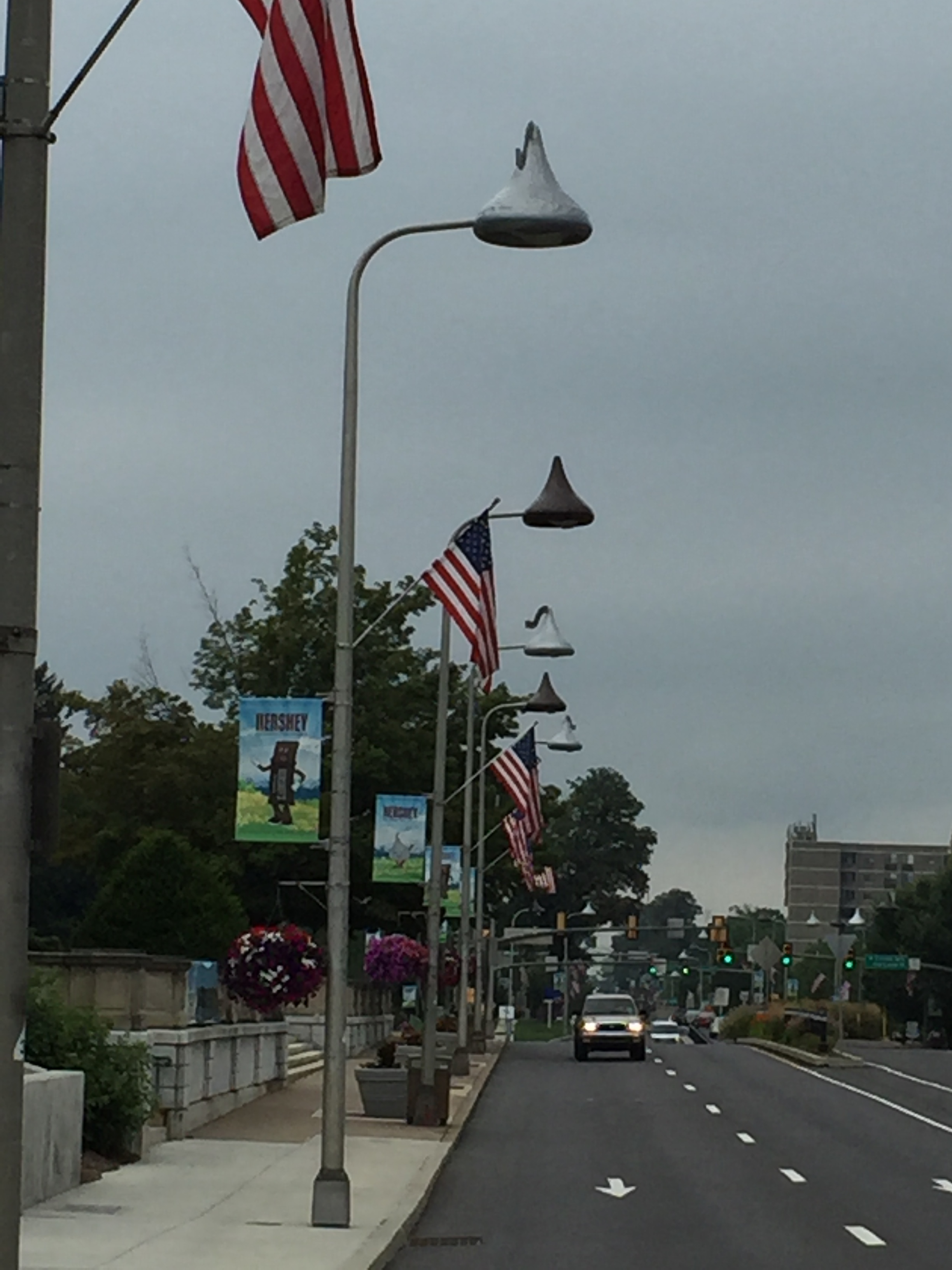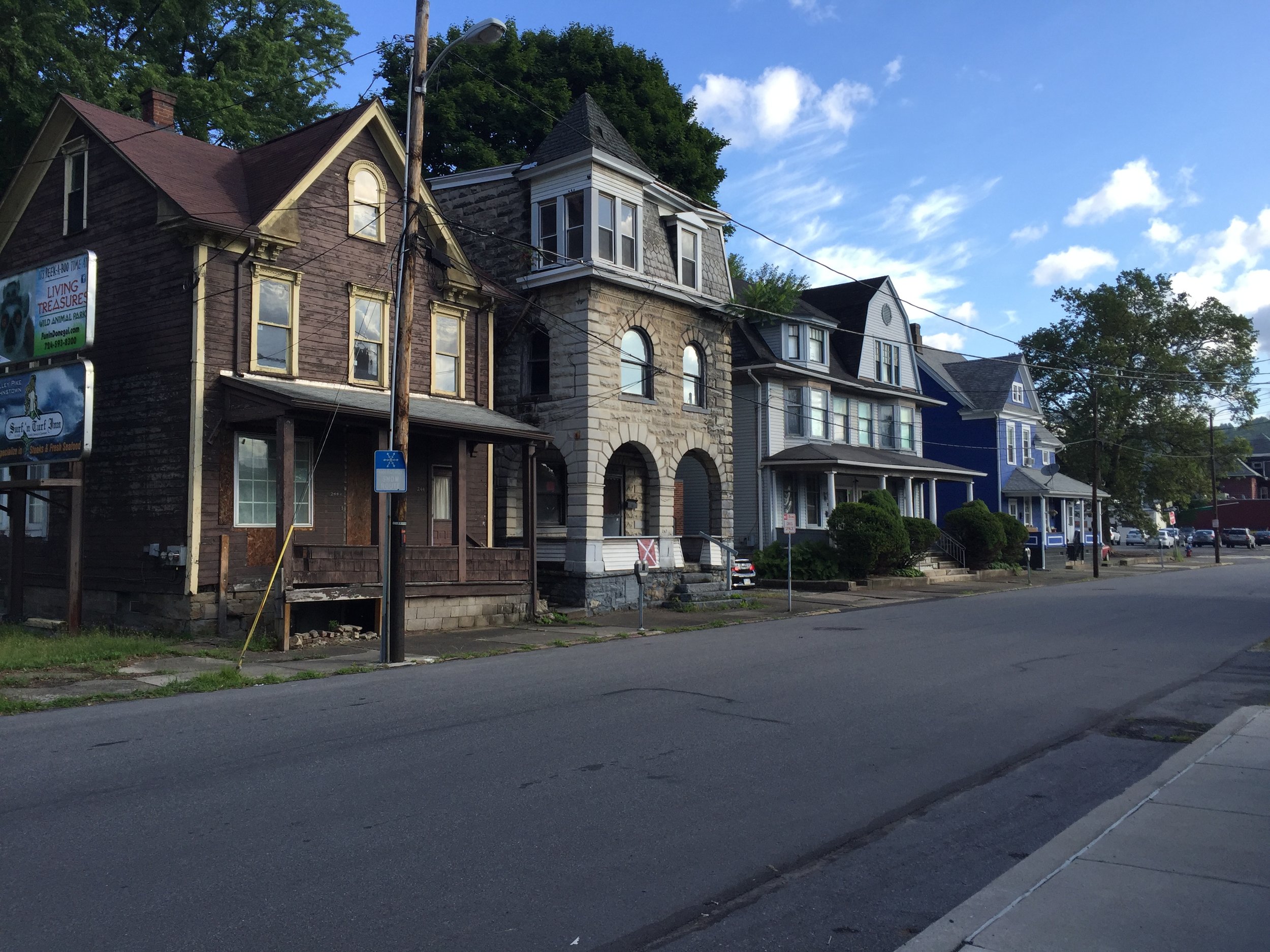Traveling Through Trump Country - Part 1. From Hershey to Johnstown (2016 Campaign Series)
Part 1. From Hershey to Johnstown The drive from Hershey, Pa. to Johnstown, is just under three hours, but as you travel from “the sweetest place on earth,” where street lamps are shaped like kisses and hotels hand out chocolate bars with your room key, to the site of America’s most disastrous flood, which a few years ago was named the least likely city in America to attract newcomers, you cross a great divide.
Milton Hershey’s benevolent despotism created a prosperous, if homogenous, company town. Johnstown once made more steel than Pittsburgh or Cleveland, and its Cambria Iron Works’ barbed wire tamed the Wild West. But life in this company town was hard, often brutal, as the mill owners relentlessly crushed the steelworkers’ efforts to organize for shorter hours and better wages.
And then, on May 31, 1889, after a Memorial Day parade, the South Fork Dam burst and sent 20 million tons of water on a deadly trip south on the Little Conemaugh River.*
Moving at 40 miles per hour, with the water cresting at 60 feet, and carrying houses, trees, animals, people – everything in its path – it took only 57 minutes to travel the 14 miles to Johnstown. Ten minutes later the city of 30,000 people was gone, much of it smashed against the Stone Bridge across the Conemaugh River.
The bridge somehow held, even as the debris mounted 15 feet above its top. Then the whole thing caught fire and burned for three days, incinerating everything and everyone in a screaming conflagration from hell.
The dam had created a two-square-mile lake for the private pleasures of 50 Pittsburgh industrialists, some of whom owned the mills and controlled the lives of the people below them in Johnstown. Over 2,200 died in the flood, including 396 children. A third of the victims were never identified.
Within a month the mills were running again, and Johnstown's population grew steadily for 30 years. But major floods hit twice more, in 1936 and a “500-year” flood on 1977, and the city has declined precipitously since 1950. Today its median household income is less than half the national average. Unemployment is high, and its population and infrastructure are growing old.
It’s now the gateway to the Rust Belt, once the guts of American manufacturing might, where the skies were black with the smoke of progress and workers fought bloody battles for the right to organize, where once, said Jackie Kulback, the CFO of Gautier Steel and Chair of the Cambria County Republican Party, there were 18,000 good steel jobs – and where “there are maybe 500 left.”
It is also the gateway to Trump Country.




